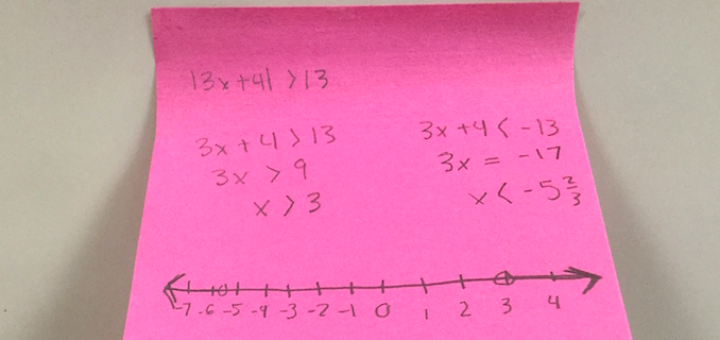Teaching and learning in grades 4-8
Teacher John Hunter’s book reveals the intricacies and impact of his famed (thanks to a top 100 TEDTalk) World Peace Game, a multi-layered challenge where students collaborate to solve 50 complex problems. Kevin Hodgson appreciates Hunter’s openness to inquiry.
In addition to its value to schools and districts, STEM by Design will help classroom teachers make integrated STEM lessons a reality. Its step-by-step approach leaps beyond mere discussion to a real plan of action, says state science coordinator Kathy Renfrew.
Lindsay Kasten’s literacy based workbook provides teachers of gifted students from third to fifth grade with lessons and activities about Native Americans, inventions, nature, and struggle. Adaptable for all students, says 4th grade teacher Linda Biondi.
Michelle Russell shares some of the simple tech (and not-so tech) tools she’s using to take quick measures of math students’ progress and understanding. One of her favorites is a sticky note strategy spread over three days that’s proved both engaging and revealing.
The presidential debates offer a unique portal to explore topics that are critically important in developing students’ media literacy skills and preparing them for responsible citizenship. Experts Frank W. Baker and Karen Zill provide an in-depth teaching guide.
After years of using the same “icebreaker” activities to get tweens and teens talking to each other and the teacher, ESL educator Walton Burns had an epiphany – icebreakers needed to give way to community building events, tailored specifically for adolescents.
From failing to bring the required supplies to not being on time, Amber Chandler was quick to give negative grades to students who “lacked responsibility.” Until she encountered Nick. Today she’s more sensitive to the socio-economic challenges many students face.
“Transforming Schools” presents a proven school model built on project based learning and performance assessment, with advice from three leaders of Envision Schools on how to reinvent systems, reshape school culture, and navigate the inevitable challenges.
On each page of History Class Revisited, teacher Jody Passanisi reveals a deep knowledge of middle school minds and hearts and offers many engaging strategies to help students on the way from literal to critical thinking about history, says reviewer Sarah Cooper.
Are you ready to be a vital force in your co-teaching relationship this year? Instructional coach Elizabeth Stein borrows concepts from Vitalism to suggest ways co-teachers can build a more effective practice by relying on both traditional knowledge and intuition.







































